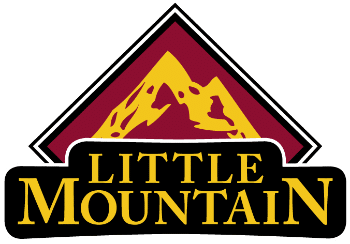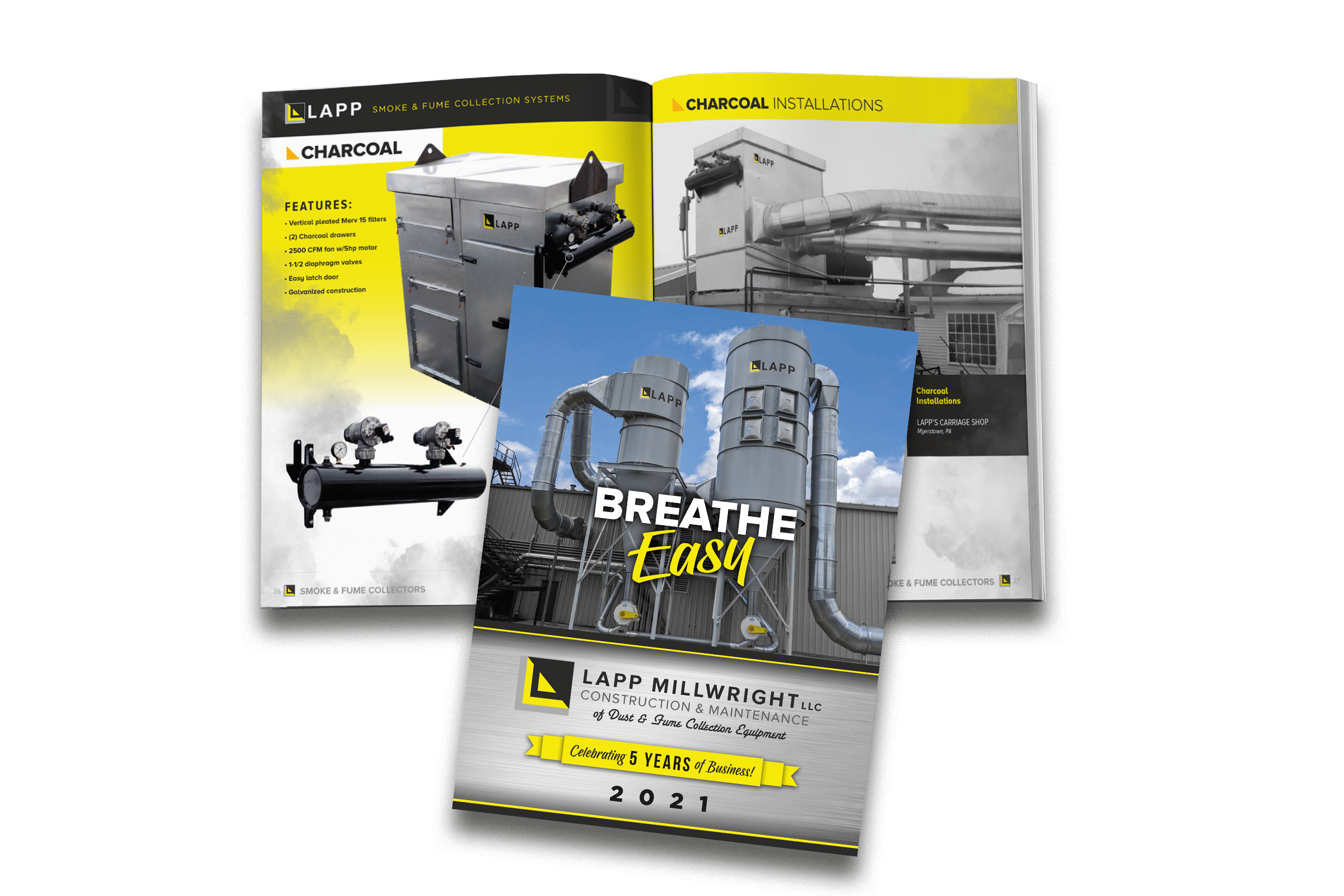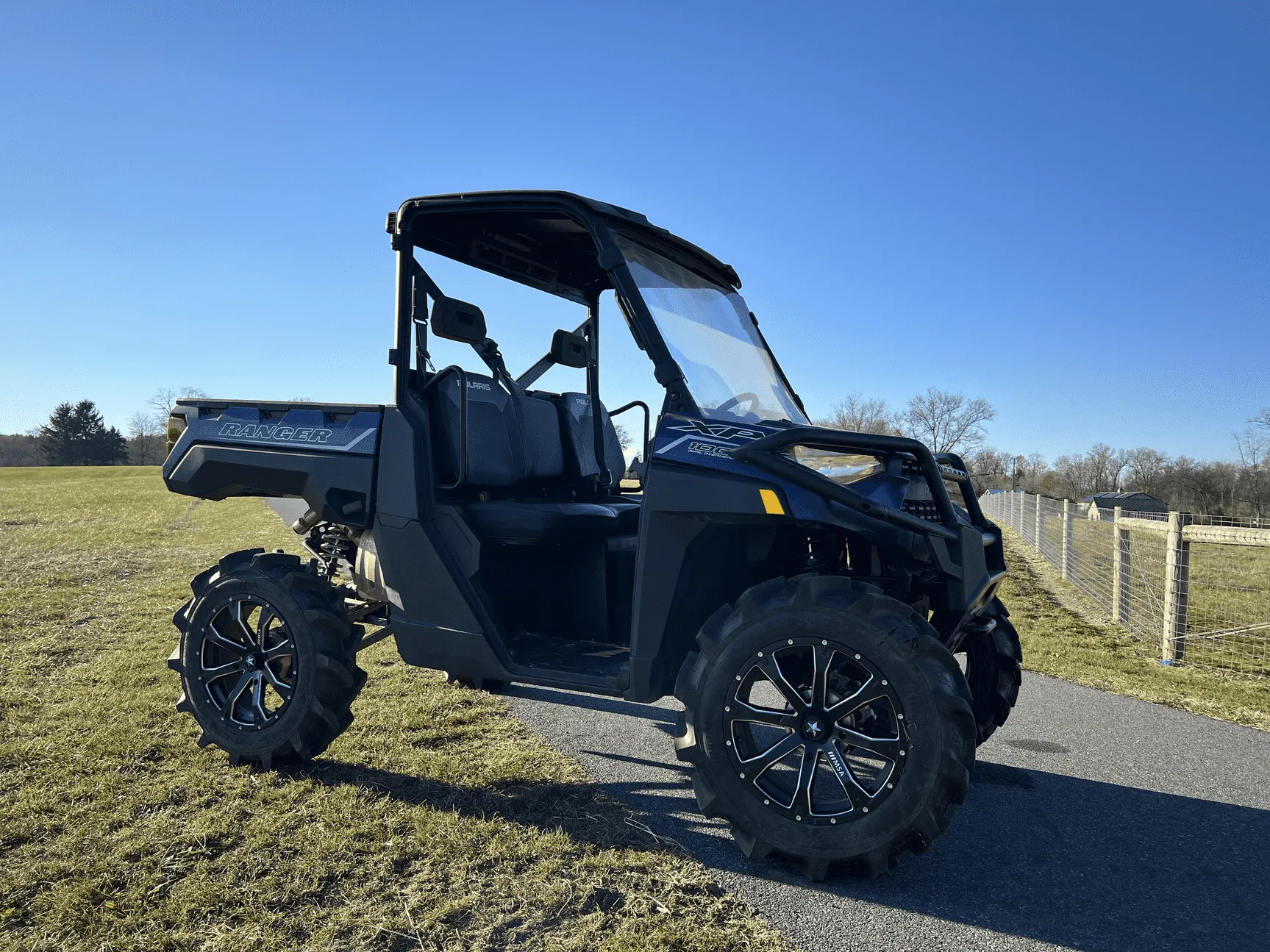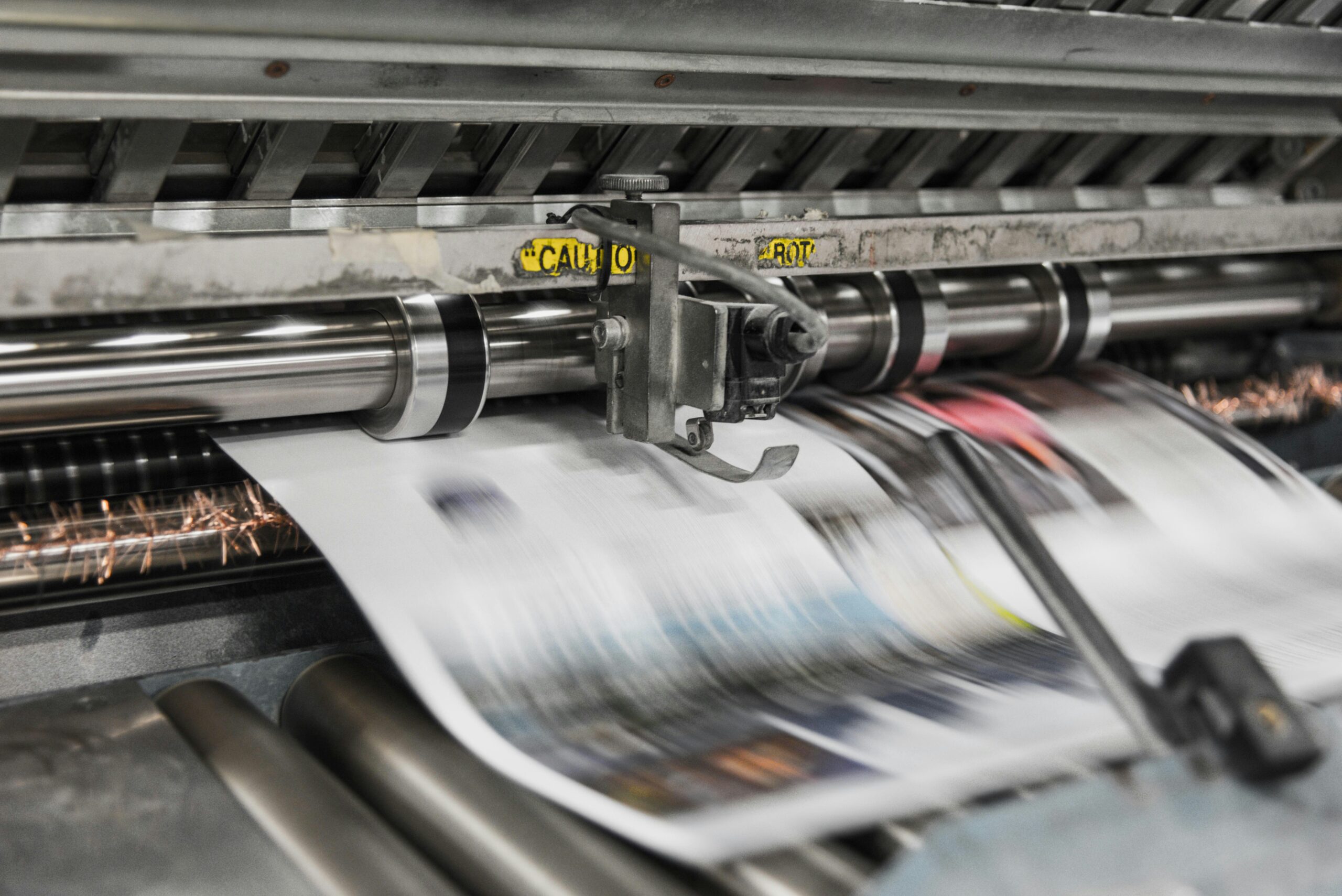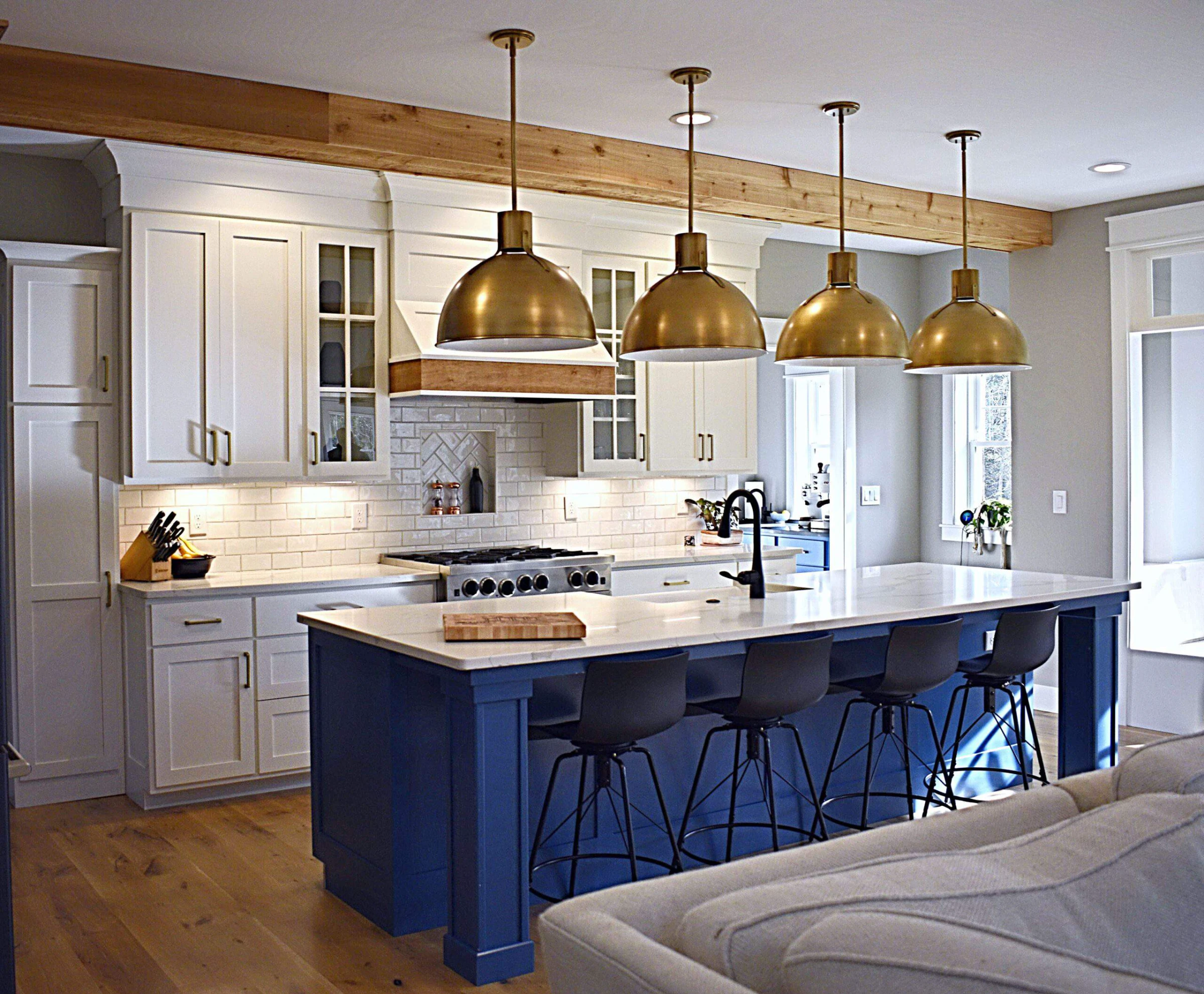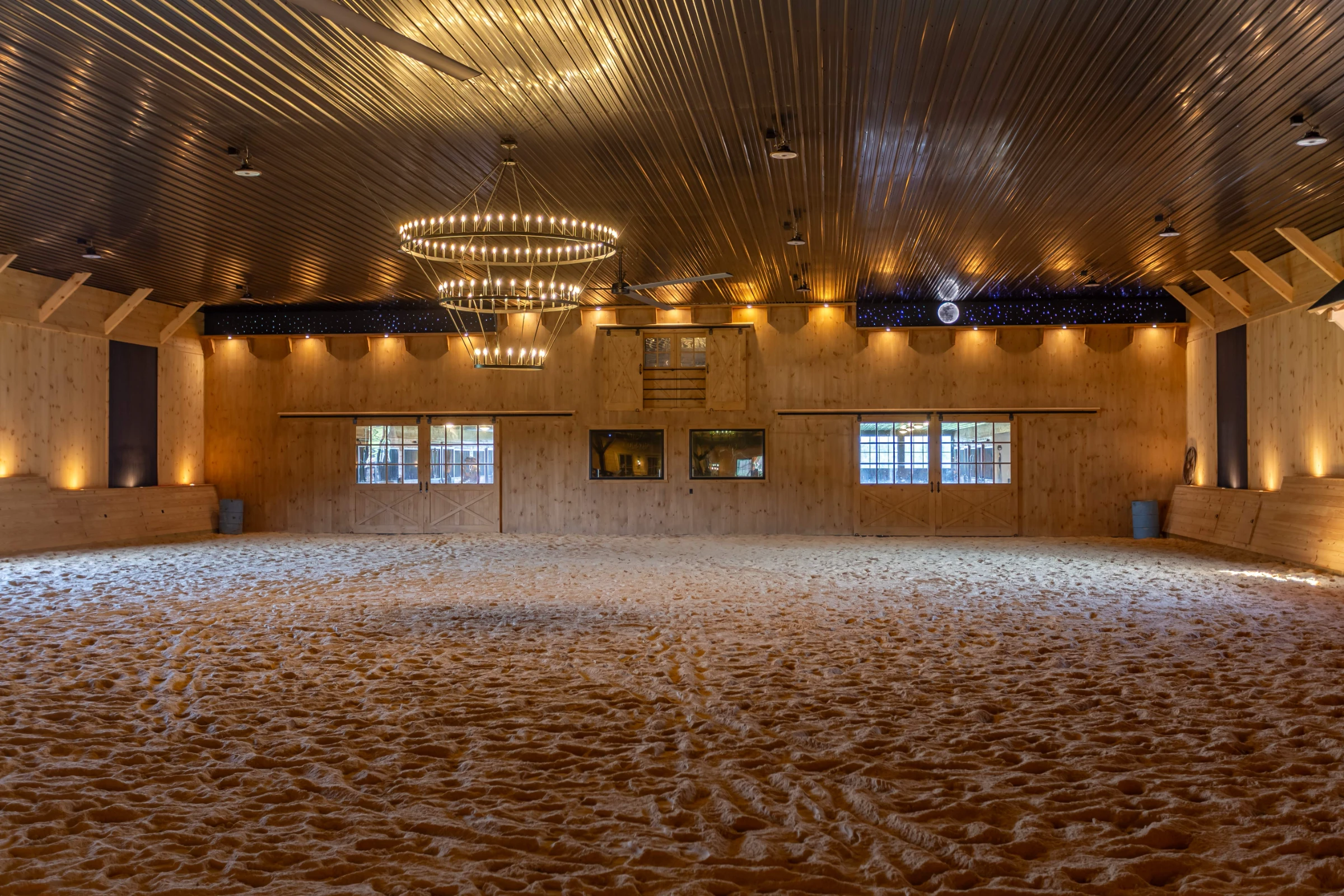A well-designed catalog can be key to showcasing your products effectively.
No matter your company’s niche – from Lancaster furniture-maker to nationwide HVAC supplier – the right catalog can and will make a significant difference in your marketing strategy. We’ve compiled this simple guide to walk you through the details of the most common catalog sizes and formats!
Choosing the Right Catalog Size
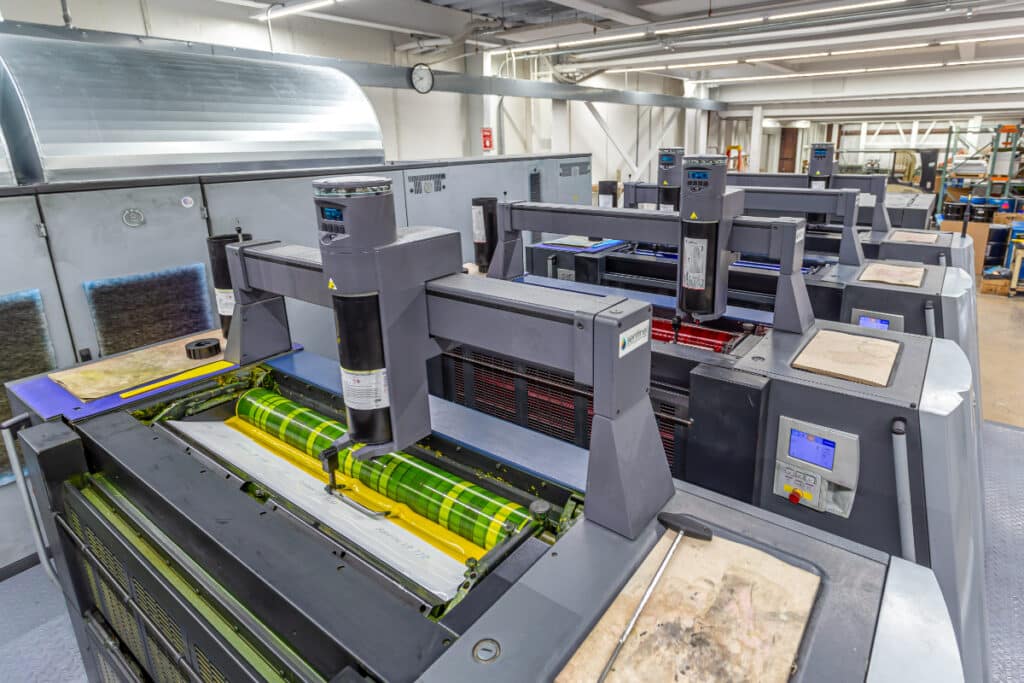
As a printing company with over 30 years of experience in the industry, we’ve seen a lot of catalog and booklet sizes and formats come and go. A few have been stalwarts. Importantly, the right catalog format will impact both design and usability for you and your customers. The size of your catalog determines how much information you can include on each page and how portable and convenient the catalog will be for your customers.
Keep in mind that large-format catalogs tend to be more expensive than other printed catalogs – your catalog’s size will also affect its price. Of course, page count, custom sizes and other print specifics will also change pricing.
This guide will introduce some basics, but if you have questions about printing services, whether a catalog, brochure, or anything in between . . . just call us!
What are the Most Common Catalog Sizes?
These are some of the most commonly used catalog sizes in the U.S. and among our customers, along with their usual applications.
- 8.5 x 11 inches: This is the standard letter size paper, ideal for detailed product descriptions and large images. It provides ample space for both information and product images.
- 11 x 11 inches: This square format offers a modern and unique feel. It’s perfect if you want to make a bold statement.
- 5.5 x 8.5 inches: This size is great for digest-size catalogs, offering a more portable option. It’s often used for quick reference guides or user manuals and may not need too much catalog design.
- 8.5 x 8.5 inches: Another square format that balances the US standard size with smaller pages. It’s main appeal is its versatility.
- 8 x 8 inches: Slightly smaller than the 8.5 x 8.5, but basically the same thing.
- 6 x 9 inches: Perfect for detailed descriptions and small images, balancing readability with portability. Variations of this size such as 5.5″ x 10.5″ or 5″ x 10″ are used for slim jim catalogs.
- 9 x 12 inches: Larger than the standard size, and ideal for catalogs that require extensive product details and large, high-quality images.
This is just a quick list though, so let’s talk a bit about some other common sizes.
Custom Catalog Sizes
Custom sizes have become popular as more and more businesses seek every opportunity to differentiate themselves from the competition. Standard sizes like 8.5 x 11 inches or 5.5 x 8.5 inches are a go-to, but a custom choice can also have a lot to do with functionality.
Custom sizes allow you to change the aesthetic of your booklet, manual, or whatever it is you’re printing. For example, large sizes can accomodate more detailed, complex, or simply LARGE designs and images we craft in we Adobe Photoshop or other graphic design programs.
You can, of course, choose varied page counts and binding options. While it might seem minimal, binding along the short side can completely change the way a booklet feels in your hands.
Some practical applications include:
- Pocket-size catalogs: Taking portability to the maximum extent, this can be ideal for places where people will carry the paper for a while, like trade shows or even direct mail.
- Supersized catalogs: The opposite, where you can get a detailed catalog for product showcases or just general reference.
- Unique shapes: This one speaks for itself; you can give your business a signature look and feel that your customers are sure to remember. Think dog-bone shaped manuals for your veterinary-focused products!
And, remember that custom sizes can be combined with custom printing effects, making your catalogs even more interesting.
Other Formats and Decisions for Your Printed Catalog
Beyond sizing, formats include everything from how you bind the paper, the kind of paper itself, and the general layout of your catalog.
We recognize that these decisions can feel a little overwhelming. Our talented customer service reps will help you decide everything during the design process.
Binding Styles
First, let’s talk our binding capabilities, which you can read more about on our print service page.
Saddle Stitching
This is the most common binding method for catalogs with few pages and involves stapling the pages together along the spine. It’s popular because it’s cost-effective and works perfectly for smaller catalogs.
Perfect Binding
This method uses adhesive to bind the pages to the spine, creating a flat edge. It’s a more elegant outcome often used for thicker booklets or magazines.
Spiral Binding
Also known as wire-o binding, this method uses a coil to bind the pages. It’s common in school notebooks and allows your catalog to lay flat when open, making it easy to read, particularly on a table.
Paper Types
Paper types shape everything, as they’re the medium we print on, and can instill a range of feelings for your clients or end-users. All of our print styles can be combined with a differentiated front cover or back cover, like heavier card stock or even vinyl!
Standard Paper
The most basic printing medium, it’s a simple solution for large-scale printing of all kinds. While it won’t hold up to wear-and-tear, simple paper catalogs or booklets can be cost-effective for business manuals and so much more.
Glossy
Provides a super shiny finish that enhances the colors of images, making your products stand out. It’s ideal for printing vibrant product advertisements, and can be the most cost-effective option for printing at scale.
Matte Paper
Completely the opposite. This offers a smooth, non-glossy finish that reduces glare and makes texts easier to read. Great for simple designs, it conveys a modern, luxurious feeling.
Short Run vs. Long Run Printing
Here at Little Mountain Printing we use both digital and offset printing presses, each of which has its place in the printing industry for customers like you.
Short Run Printing
- Method: Uses digital printing technology, much more cost-effective for smaller quantities.
- Quantity: Anywhere from 1 to a few hundred copies.
- Advantages: Quick turnaround time, cost-effective for small batches, and allows you to update your catalog or user-guide frequently.
Long Run Printing
- Method: Offset printing, which is more cost-effective for large volumes.
- Quantity: Used for quantities exceeding the hundreds.
- Advantages: Lower cost per unit for large quantities, high-quality prints, and, chiefly, more consistent color accuracy.
Have Other Questions? Get in Touch!
Little Mountain Print offers services and promotional materials that resonate, helping business flourish with effective marketing solutions. We know that’s a mouthful, but the point is that we offer a ton of comprehensive printing services for businesses nationwide, including:
- Catalogs
- Brochures
- Newsletters
- Postcards
- Sell Sheets
- Business Cards
- Job Signs
- Apparel, Websites, Promotional Materials, And More!
We know that newcomers to the print marketing world have a lot of questions, which is why hands-on, personable customer service is core to how we do business. Talk to a rep today about your idea and we’ll help you choose between printing methods, formats, design services, and everything else you need to know!
